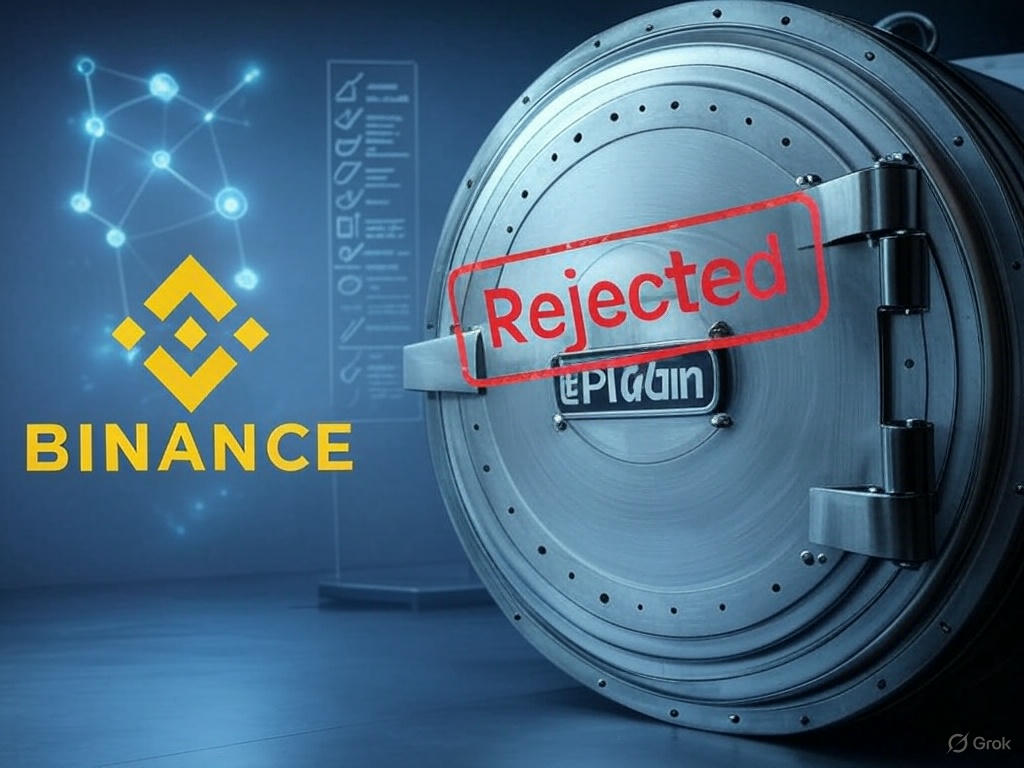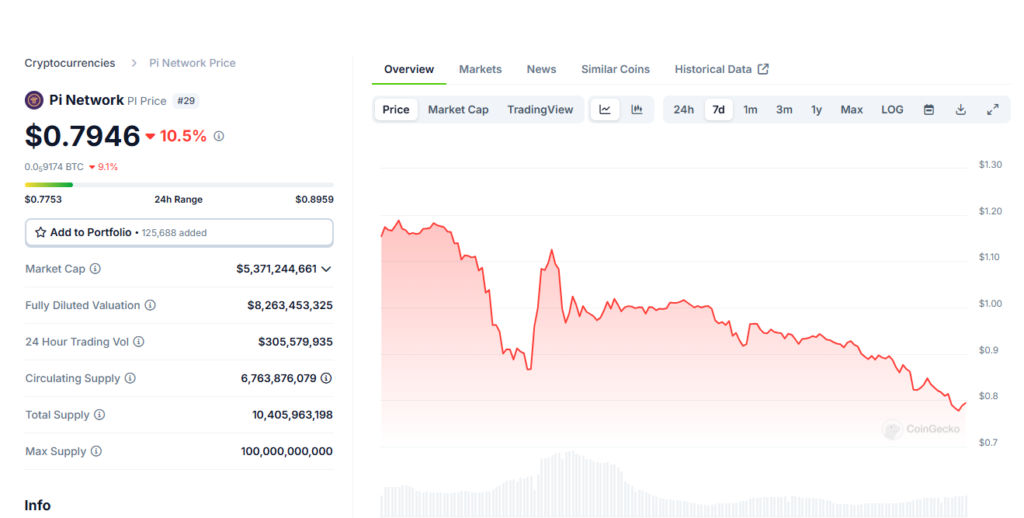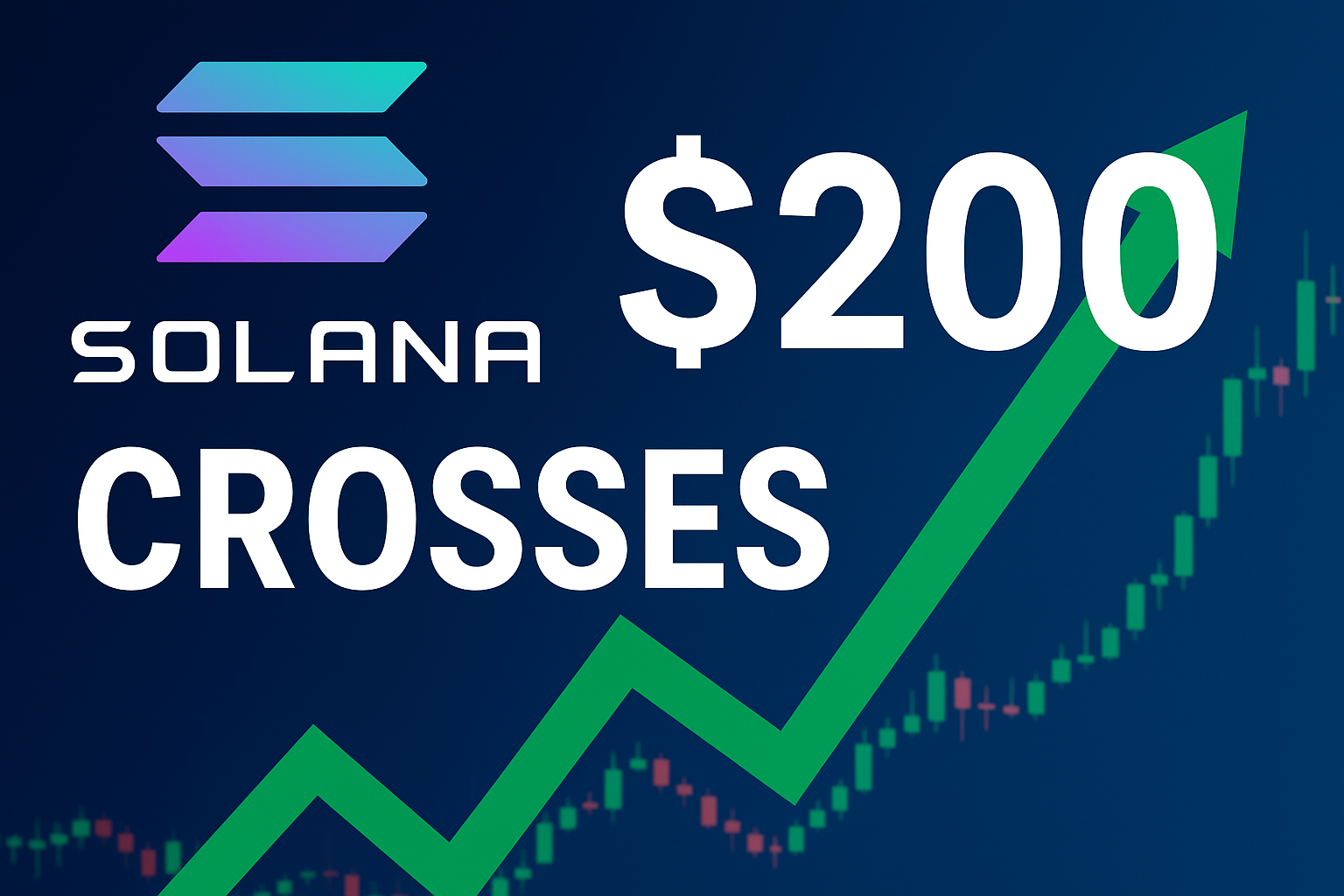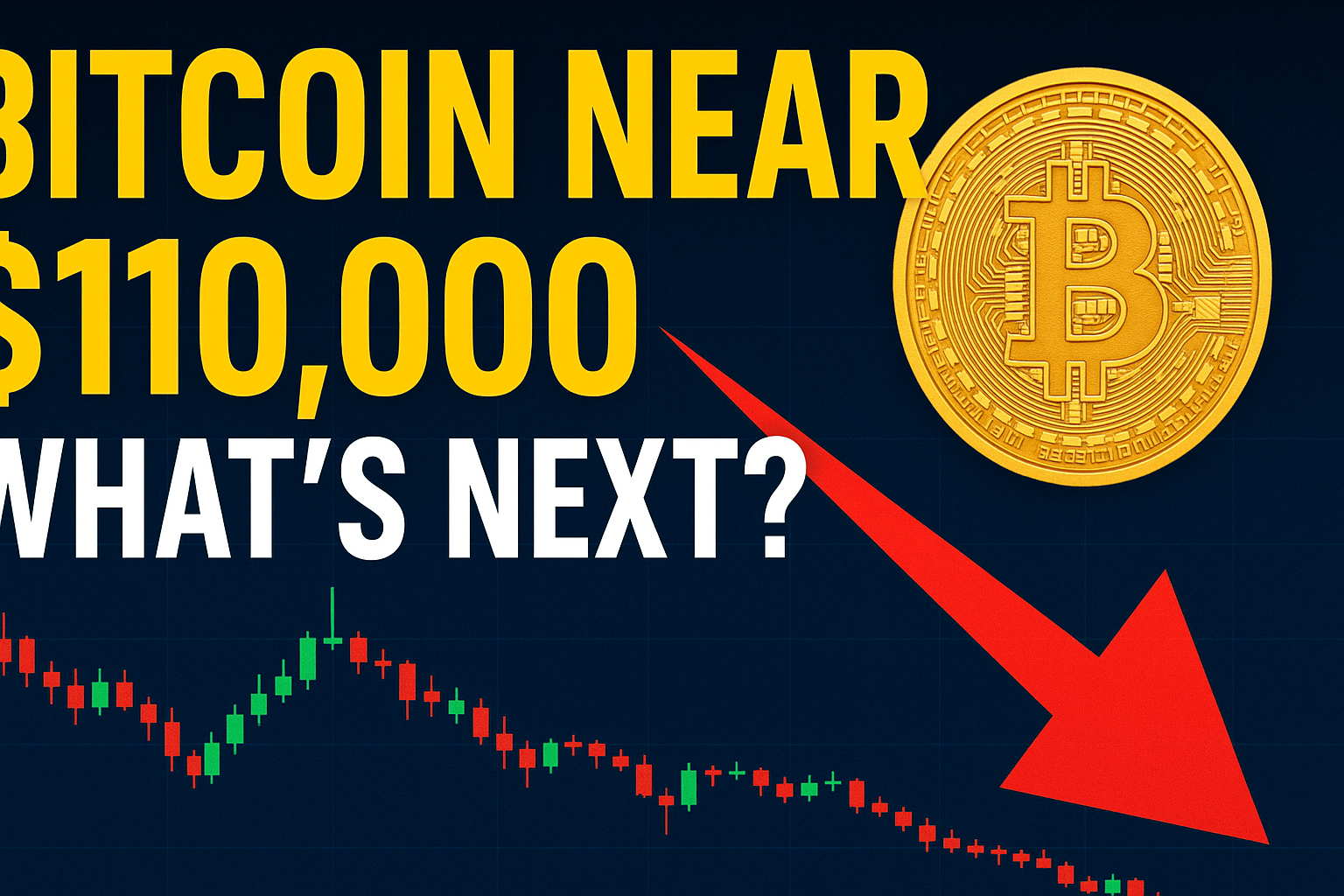Why Binance Said No to Pi Coin: Unpacking the Crypto Drama

The cryptocurrency world thrives on excitement, speculation, and the occasional plot twist. The latest chapter? Binance, the undisputed heavyweight of crypto exchanges, has turned down Pi Coin, the native token of the ambitious Pi Network.
This decision has sent shockwaves through Pi’s passionate community, who’ve been mining coins on their phones and dreaming of mainstream glory. So, what’s the holdup? Let’s dive into the juicy details behind Binance’s rejection and what it means for Pi Coin’s future.
1. The Mainnet Mystery: Still Locked Behind Closed Doors
Picture this: a shiny new cryptocurrency ready to take the world by storm—but its blockchain is still under lock and key. That’s Pi Coin’s reality. Unlike Bitcoin or Ethereum, which run on open, decentralized networks, Pi Network operates in a “closed mainnet” phase. Transactions are confined to a controlled sandbox, far from the free-for-all trading Binance demands.
For an exchange of Binance’s caliber, an open mainnet isn’t just a preference—it’s a must. Without it, there’s no transparency, no liquidity, and no way to verify true decentralization. Until Pi Network throws open its digital gates, Binance won’t even consider rolling out the welcome mat.
2. Regulatory Roadblocks: Playing It Safe
In the wild west of crypto, regulators are the sheriffs keeping exchanges in check. Binance, no stranger to scrutiny, takes compliance seriously. Pi Coin, however, is stuck in a gray zone. Questions swirl around its adherence to financial laws, like anti-money laundering (AML) rules, and whether it could be tagged as an unregistered security in some regions.
Without clear regulatory green lights, listing Pi Coin could spell legal headaches for Binance. The exchange isn’t about to gamble its reputation on a project that hasn’t sorted out its paperwork. For Pi Network, proving it’s above board is a critical next step.

3. Centralization Conundrum: Who’s Really in Charge?
Crypto purists love decentralization—it’s the beating heart of blockchain’s promise. But Pi Network’s setup has raised eyebrows. Its developers hold tight reins over the project, a stark contrast to the community-driven ethos of giants like Bitcoin.
Binance, a vocal champion of decentralized innovation, likely sees this top-down control as a dealbreaker. If Pi Coin wants a shot at the big time, it’ll need to loosen the grip and let the community steer the ship.
4. Liquidity Limelight: No Trading, No Listing
Imagine launching a hot new stock with no buyers or sellers—chaos, right? That’s the liquidity problem plaguing Pi Coin. Trapped in its closed mainnet, it can’t mingle with the broader market or dance on decentralized exchanges. Without external trading action, there’s no buzz, no volume, and no reliable price tag.
Binance thrives on vibrant markets, and Pi Coin’s lack of external liquidity makes it a risky bet. Low activity could invite price manipulation or leave traders high and dry—hardly the recipe for a blockbuster listing.

5. Hype vs. Hard Facts: Community Isn’t Enough
Pi Network boasts a jaw-dropping user base, with millions tapping away on their phones to mine Pi. It’s a grassroots phenomenon—but hype alone doesn’t cut it. Binance isn’t swayed by crowd size; it wants cold, hard fundamentals. A big community is a great start, but without the technical and market chops to back it up, Pi Coin stays on the sidelines.
Has Binance Ever Flirted with Pi Coin?
Rumors have swirled, but Binance has never officially teased a Pi Coin listing. It did toss Pi Network into its “Innovation Zone” spotlight—a watchlist for promising but unready projects. No trading, just observation. Meanwhile, smaller exchanges like Huobi and XT.com jumped the gun with unofficial Pi listings, only for Pi’s team to cry foul. For now, Binance is keeping its distance.
Pi Coin’s Path Forward: What’s the Fix?
If Pi Network wants to win over Binance, the to-do list is clear:
- Open the Mainnet: Unleash the blockchain for all to use and trade.
- Clear the Regulatory Fog: Secure approvals and build trust.
- Boost Liquidity: Get Pi Coin flowing in the wild.
- Decentralize Power: Hand the keys to the community.
Until these boxes are checked, Binance’s “no thanks” stands firm.
The Big Picture
Binance’s snub of Pi Coin isn’t just a rejection—it’s a wake-up call. In the fast-moving crypto universe, flashy ideas and loyal fans aren’t enough. Blockchain projects need robust tech, legal clarity, and market muscle to shine on the global stage. For Pi Network’s legion of supporters, the wait continues. Will an open mainnet flip the script? Only time will tell.
Read our previous article related to Pi Coin listing
CoinDCX: For traders and investors in India, CoinDCX is the best platform which has quick deposits and withdrawls, lowest fee and CoinDCX is the platform I trust to learn, invest & trade in Crypto. Buy your first crypto and win up to ₹5,00,000 in crypto rewards!
Disclaimer: This article is for informational purposes only and does not constitute financial advice. Always consult with a financial advisor before making investment decisions.
Read more updates and articles on our Crypto category page
#PiCoin #Binance #CryptoNews #PiNetwork #Blockchain #Cryptocurrency #Decentralization #CryptoCommunity #TechTrends





